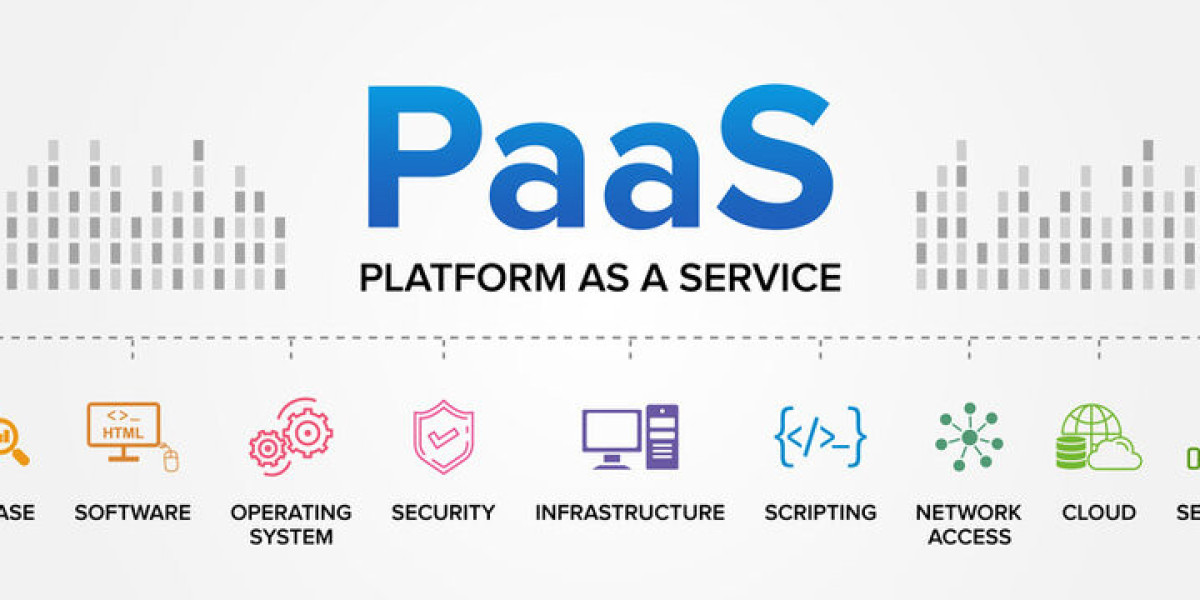The strategic US Platform as a Service Market Value proposition for modern enterprises is centered on a single, powerful concept: accelerating innovation. In today's hyper-competitive digital economy, the ability to rapidly develop, test, and deploy new software-based products and services is a primary determinant of success. PaaS directly enables this by fundamentally changing the role of the IT organization. It abstracts away the low-level, undifferentiated heavy lifting of managing infrastructure—such as patching servers, configuring networks, and maintaining operating systems—and allows developers to focus their time and talent on the creative process of writing code that solves business problems. This dramatic increase in developer productivity translates directly into a faster time-to-market for new ideas, allowing businesses to seize opportunities, respond to competitive threats, and deliver value to their customers more quickly than ever before.
The valuation of the US Platform as a Service market is projected to skyrocket, growing from $22.5 billion in 2024 to $175 billion by 2035. This phenomenal growth is underpinned by a compound annual growth rate of 20.5% forecast for the years 2025 through 2035.
Beyond speed, a core component of the PaaS value proposition is enhanced business agility and flexibility. The on-demand, self-service nature of PaaS platforms means that development teams can provision the resources they need, exactly when they need them, without having to go through lengthy procurement and setup cycles. This allows the organization to scale its development efforts up or down in response to changing business priorities. The use of modern, cloud-native architectures like microservices and containers, which are well-supported by PaaS, further enhances this agility. By breaking down large, monolithic applications into smaller, independently deployable services, organizations can update individual components of their applications without having to redeploy the entire system, leading to greater resilience and the ability to iterate on specific features much more rapidly.
A significant, though sometimes less obvious, aspect of PaaS's value is its role in fostering a culture of experimentation and innovation. Because the cost and effort of setting up a new development environment on a PaaS platform are minimal, it encourages developers to experiment with new technologies, build prototypes, and test new ideas without a significant upfront investment. This "fail fast" approach is a hallmark of innovative organizations. PaaS provides the safe, sandboxed environments necessary for this experimentation. Furthermore, PaaS platforms often provide easy access to cutting-edge technologies like serverless computing, machine learning APIs, and IoT services, allowing development teams to easily incorporate these advanced capabilities into their applications and explore new business models and customer experiences that would have been prohibitively complex to build from scratch.
Ultimately, the cumulative value of PaaS is realized in its ability to lower the total cost of ownership (TCO) for an organization's application portfolio while simultaneously increasing its strategic value. The direct cost savings come from reduced expenditure on hardware, software licenses, and the operational overhead associated with managing infrastructure. The pay-as-you-go model ensures that the organization is only paying for the resources it actually uses. However, the indirect and more strategic value is even greater. By accelerating innovation, improving agility, and enabling the adoption of advanced technologies, PaaS transforms the IT department from a cost center into a strategic enabler of business growth. This alignment of technology with business objectives is the ultimate value proposition of Platform as a Service.
Explore Our Latest Trending Reports:







